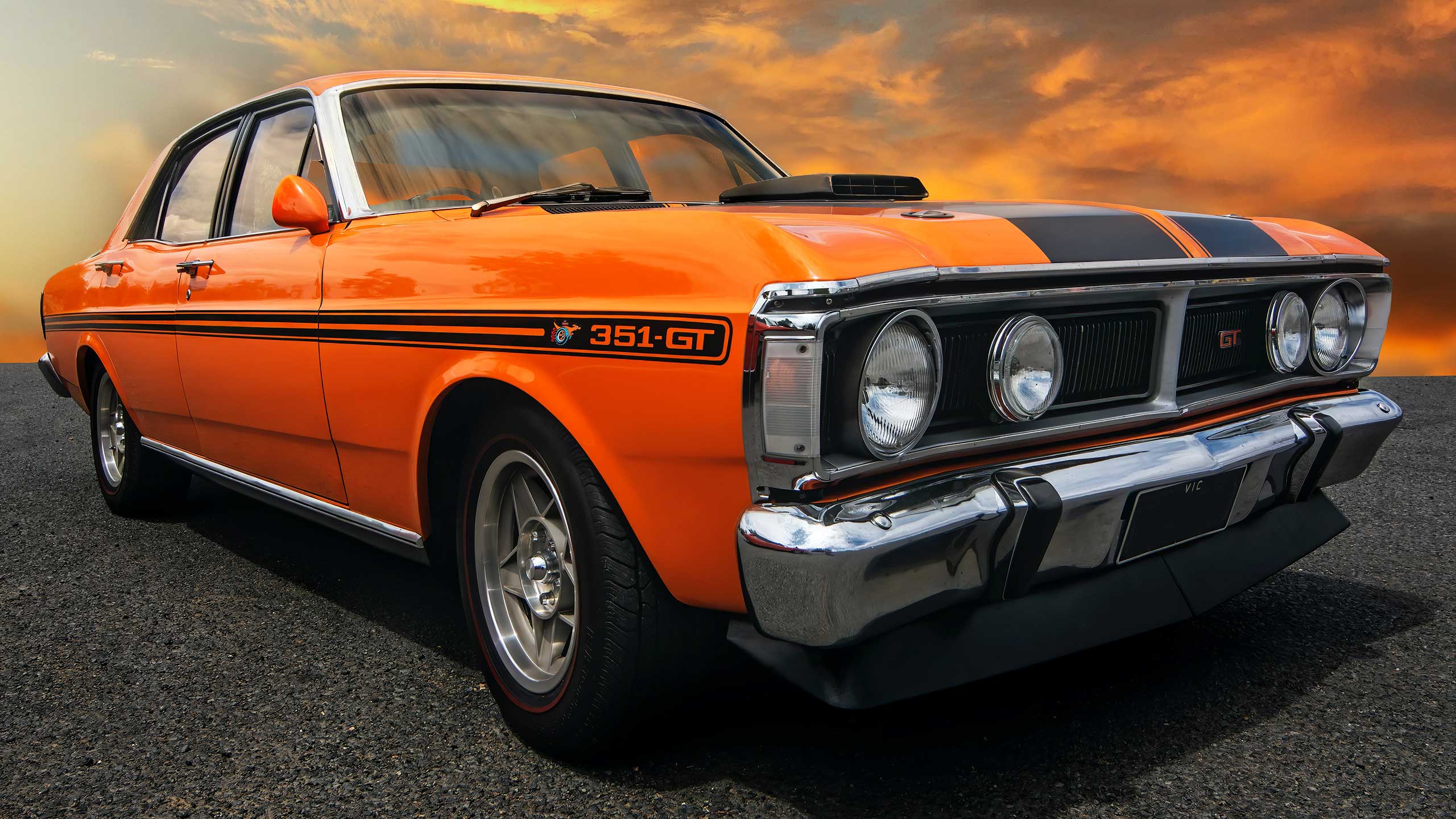Henry Ford, the first of William and Mary Ford’s six children, was born in Springwells Township, Wayne County, Michigan, on 30 July 1863 on an affluent family farm. He attended a one-room school, where he showed an early interest in mechanics. This interest turned him into one of the world’s biggest businessmen.
Ford began young. By 12, he spent much of his free time in a tiny machine shop he’d built. Here, at 15, he built his first steam engine. Henry left home the next year to become an apprentice machinist in Detroit. After three years, he returned to Dearborn. During the following five years, Henry worked on steam engines, at a Detroit factory, and on his father’s agricultural equipment. In 1888, he married Clara Bryant and owned a sawmill.
Read More
By 1891, Henry was an engineer with Edison Illuminating Company in Detroit. A promotion to Chief Engineer provided him time and money to explore internal combustion engines. 1896 saw the completion of his self-propelled Quadricycle. The first Ford engine was built on his kitchen table at 58 Bagley Avenue, followed by his first automobile, an engine put on a frame with four bicycle wheels.
Henry created the Detroit Automobile Company after leaving Edison in 1898. The firm failed. However, he created and built various racing vehicles and drove the iconic ‘Sweepstakes’ to win on 10 October 1901, beating American Champion Alexander Winton.
Henry Ford’s Model T, introduced in 1908, was affordable, dependable, and efficient. This vehicle was easy to run, maintain, and manage on difficult roads, making it an instant success.
Henry Ford held 25.5% of the equity and served as Vice President and Chief Engineer when the Ford Motor Company was founded in 1903. Two or three guys worked on each automobile created from other firms’ components at the Ford facility on Mack Avenue in Detroit. Henry became President before becoming Controlling Owner three years after the company’s first automobile was sold.
Henry Ford’s first moving assembly line revolutionised Model T production in 1913. This assembly line at Ford’s original facility in Highland Park, Michigan, established a global standard. Henry wanted to build the most automobiles with the simplest design at the lowest cost. Henry Ford wanted to “set the world on wheels” by making cars affordable for the masses.
Ford produced automobiles one-by-one in the beginning. Mechanics and their support teams obtained parts and assembled the automobile from the chassis up. To speed up the operation, employees constructed automobiles on mobile benches. Ford still required experienced labour teams to hand-build the automobile. Production was poor and the automobile priced more to pay mechanics’ wages.
Needed automation, Henry and his engineers built machinery to produce and assemble automobile parts quickly. He required higher productivity to attain mass consumption through mass production. At the Detroit facility in Michigan, employees were put at stations and the chassis was pulled by rope. The chassis was assembled at each location.
Henry Ford expanded on the work of early pioneers like Elihu Root, who devised a simplified assembly procedure for Samuel Colt. His mass manufacturing goal was realised after he polished every practise. Unskilled labour might simply assemble replaceable pieces. Gravity slides and conveyors were next. Even the positioning of employees and tools was carefully planned to optimise output.
Each production department was disassembled. Henry said, “Everything in the facility moved” when these sub-assembly lines were set up. As a result, manufacturing speeds rose fourfold.
The final assembly line was created. Starting with a bare chassis, it went through each workstation until it was a full automobile. All feeder lines were synchronised to provide the proper parts at the right time. Accuracy, continuity, and speed enabled large manufacturing. At Highland Park, a Model T was produced every 10 seconds during the workday. Ford slashed prices, doubled the minimum wage to $5, produced a superior product, and made a profit.
At the time, Ford produced 2 million Model Ts each year and sold them for $260. The Model T revolutionised rural America. The $5 day salary ignited a social revolution. The assembly line revolutionised industry.
Everything moved quickly. Henry and his son Edsel bought out all minority shares in 1919 for $105,568,858. Edsel replaced his father as President that year and held the role until 1943, when Henry Ford took over.
Henry Ford II replaced him as Ford Motor Company president when he resigned in September 1945. The next year, he was honoured at the American Automotive Golden Jubilee for his services to the auto industry, and the American Petroleum Institute awarded him its first Gold Medal for remarkable achievements to mankind.
Henry Ford died at his Dearborn home at 11.40pm on 7 April 1947 at 83-years-old. When he died, the Rouge River overflowed, cutting electricity. Kerosene lighting and candles evoked his birth 83 years previously.






